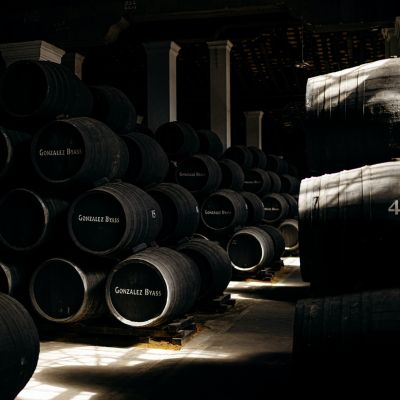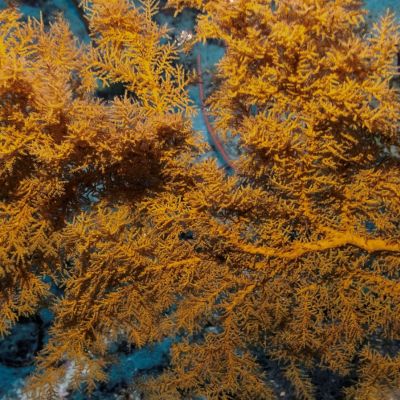A Dam Good Climate Solution
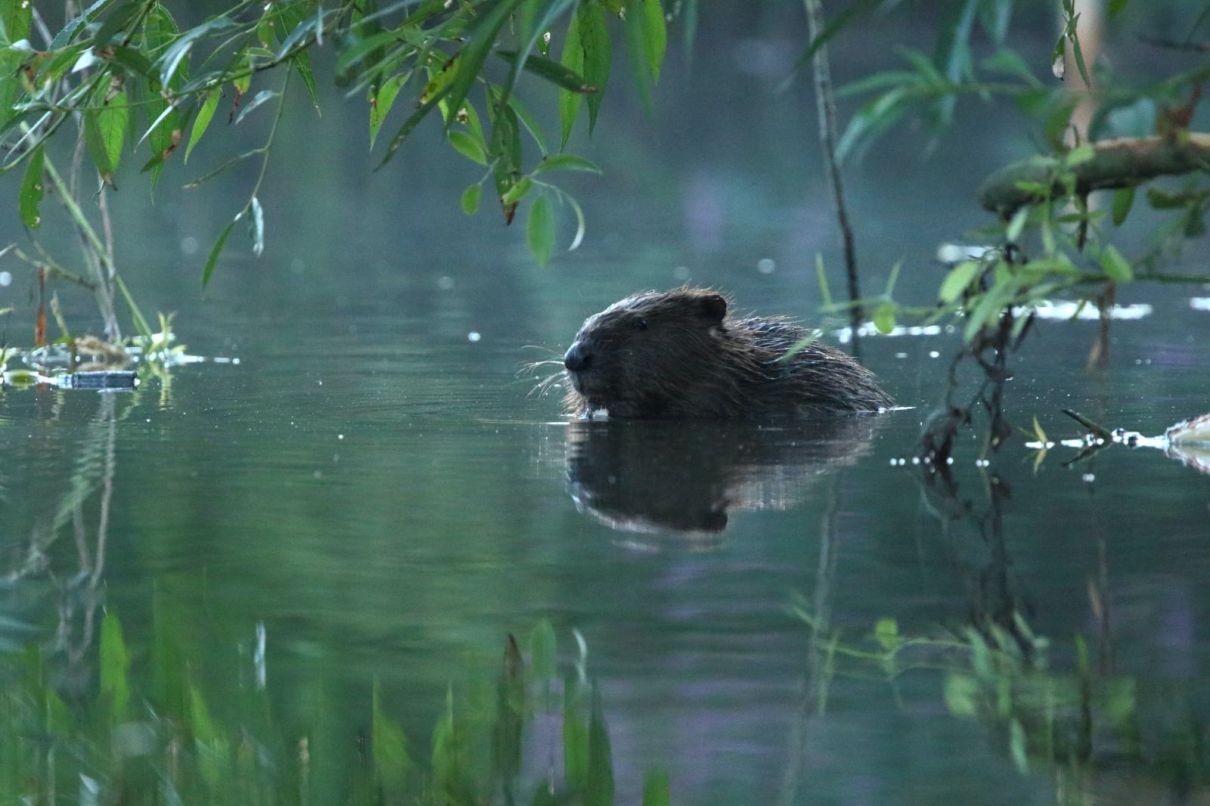
The humble beaver could prove a secret weapon against wildfires and floods caused by climate change.
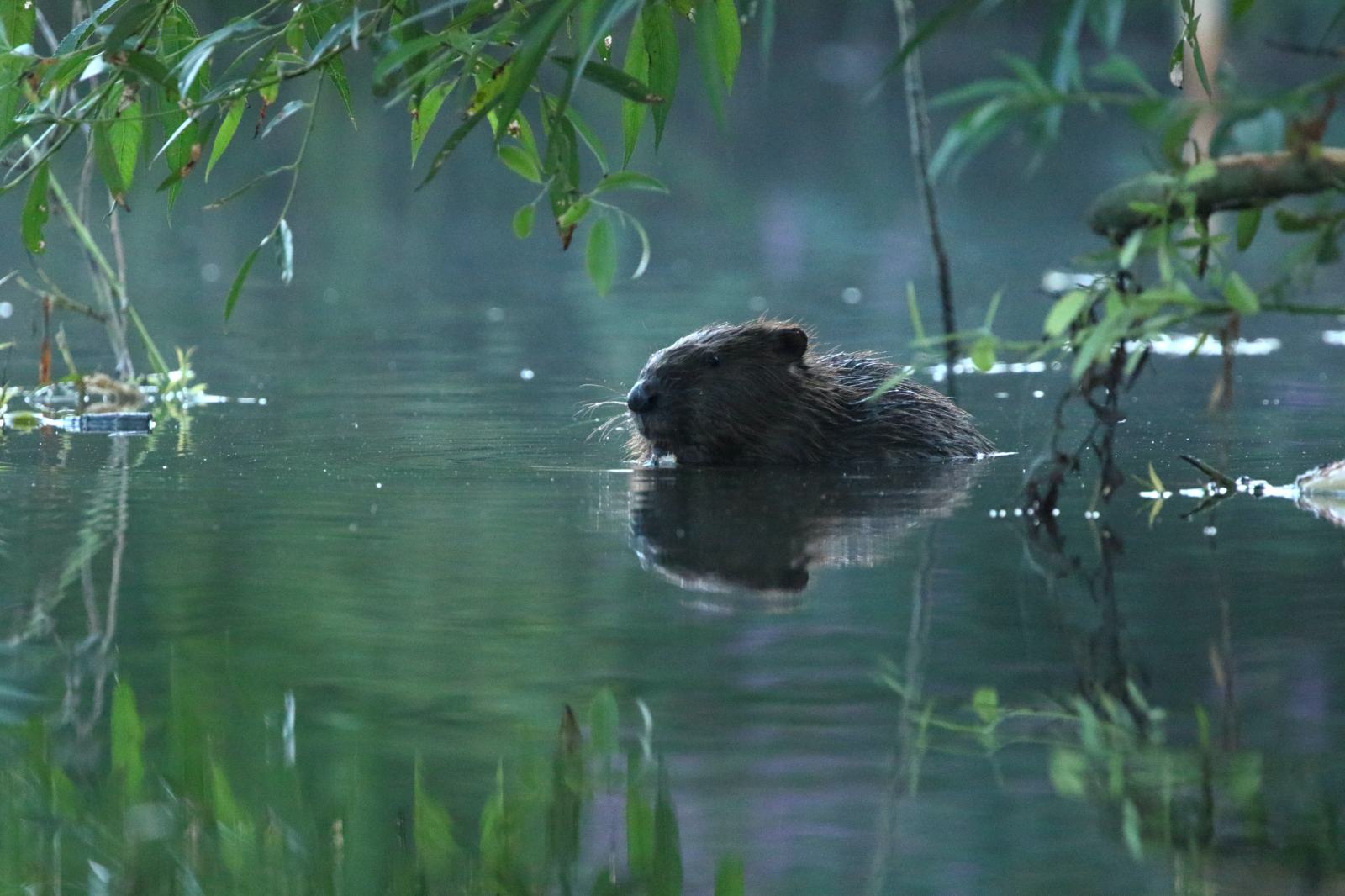
It’s 6.30am and I’m peering into the water-logged undergrowth of a Cornish forest, straining my eyes for a glimpse of the elusive animal we’ve been waiting for.
“Their names are Sigourney Beaver and Jean-Claude Van Dam,” whispers Merlin Hanbury-Tenison, the 36-year-old owner of Cabilla Cornwall, a farm he inherited from his famous explorer father, Robin Hanbury-Tenison. He spent a frustrating three years fighting for a licence to have beavers on his land, which was finally signed off. He was over the moon when they had two kits (beaver babies).
As my eyes adjust to the light, I see ripples on a pool of water; sure enough, one of the beaver kits is there, nibbling a pre-prandial snack of willow bark. Unbeknown to him, he and his kind are being held up as a vital key in the fight against the worst effects of climate change.
Lives are being lost and billions of pounds worth of damage is being caused because of flooding in Europe. This year, at least 242 people died in Germany, The Netherlands, Luxembourg and Belgium when record rainfall caused rivers to burst their banks, devastating surrounding areas. Some €10 billion of damage was done with 200,000 properties left without power.
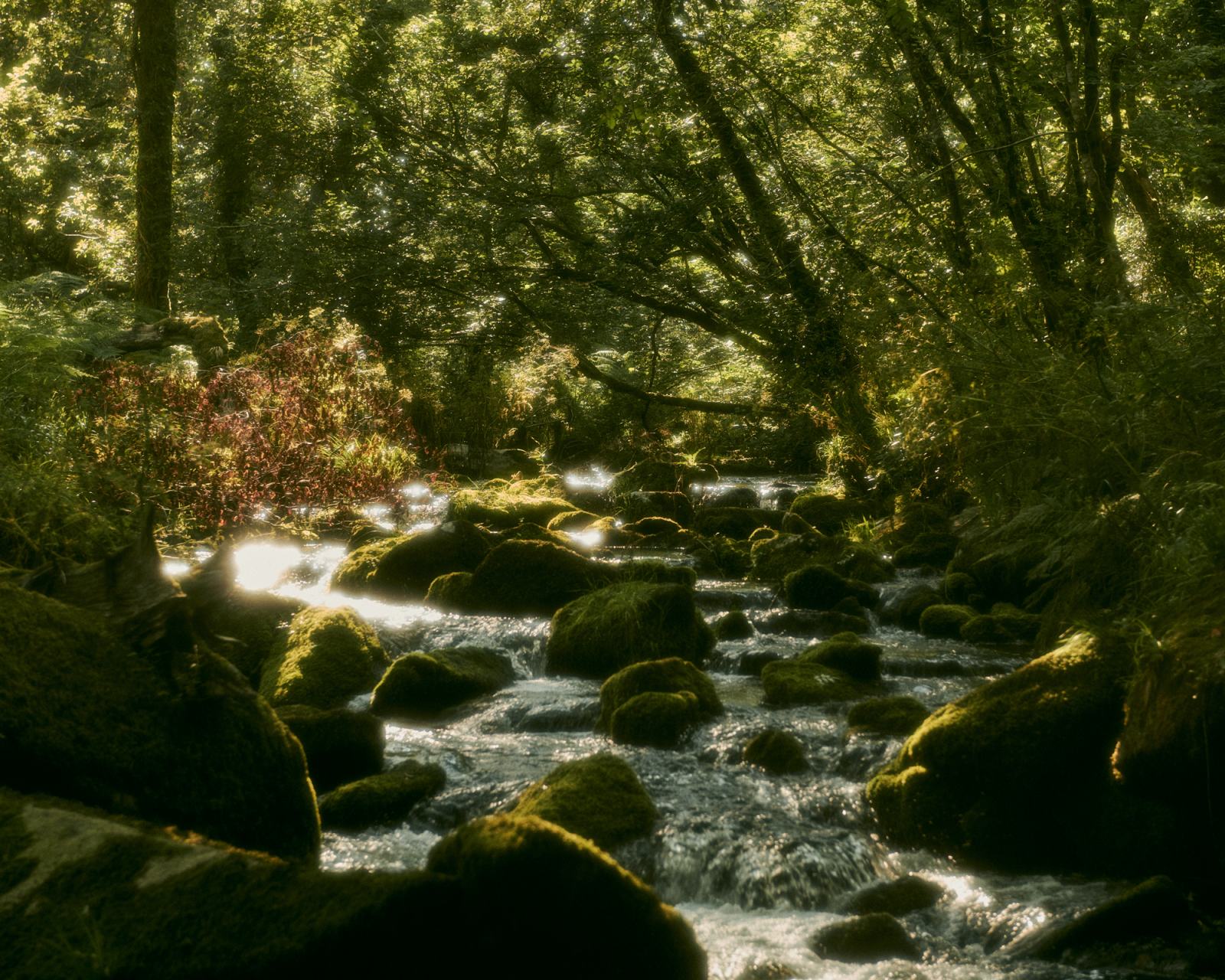
Then there are wildfires. Last year was a record wildfire season in California, devastating more than 4 percent of the state’s 100 million acres of land, costing over US$12 billion in damages, between property damage and fire-suppression costs. In Oregon, half-a-million people were forced to abandon their homes as fires blackened millions of acres, and dozens of people lost their lives due to the fires. These sorts of occurrences, likely exacerbated by climate change, will become more common, according to scientists. Our landscapes in the developed world were once braided river systems, but over the last 400 years industrial-scale farming has led to the land being drained and forests slashed, to the point where there is nowhere for overflow to go and wildfires spread like, well, wildfires.
Now, one of our most valuable allies in suppressing the worst effects of climate change could come in the form of a large, undervalued rodent: the beaver.
A symbol of industriousness, beavers are, after humans, the animal that alters its environment more than any other organism on the planet. Nature’s ecosystem engineers, which build dams, create ponds and canals, irrigate large stream corridors to create refuges for animals sheltering from fires, while making the ground ‘spongier’ and more flood-resistant. This ability to create wetlands by building dams plays a crucial role in freshwater ecology, species biodiversity, riparian restoration and provides important services such as water management. Usually, conflicts can be managed by employing well-established techniques, such as preserving certain trees with paint or fencing.
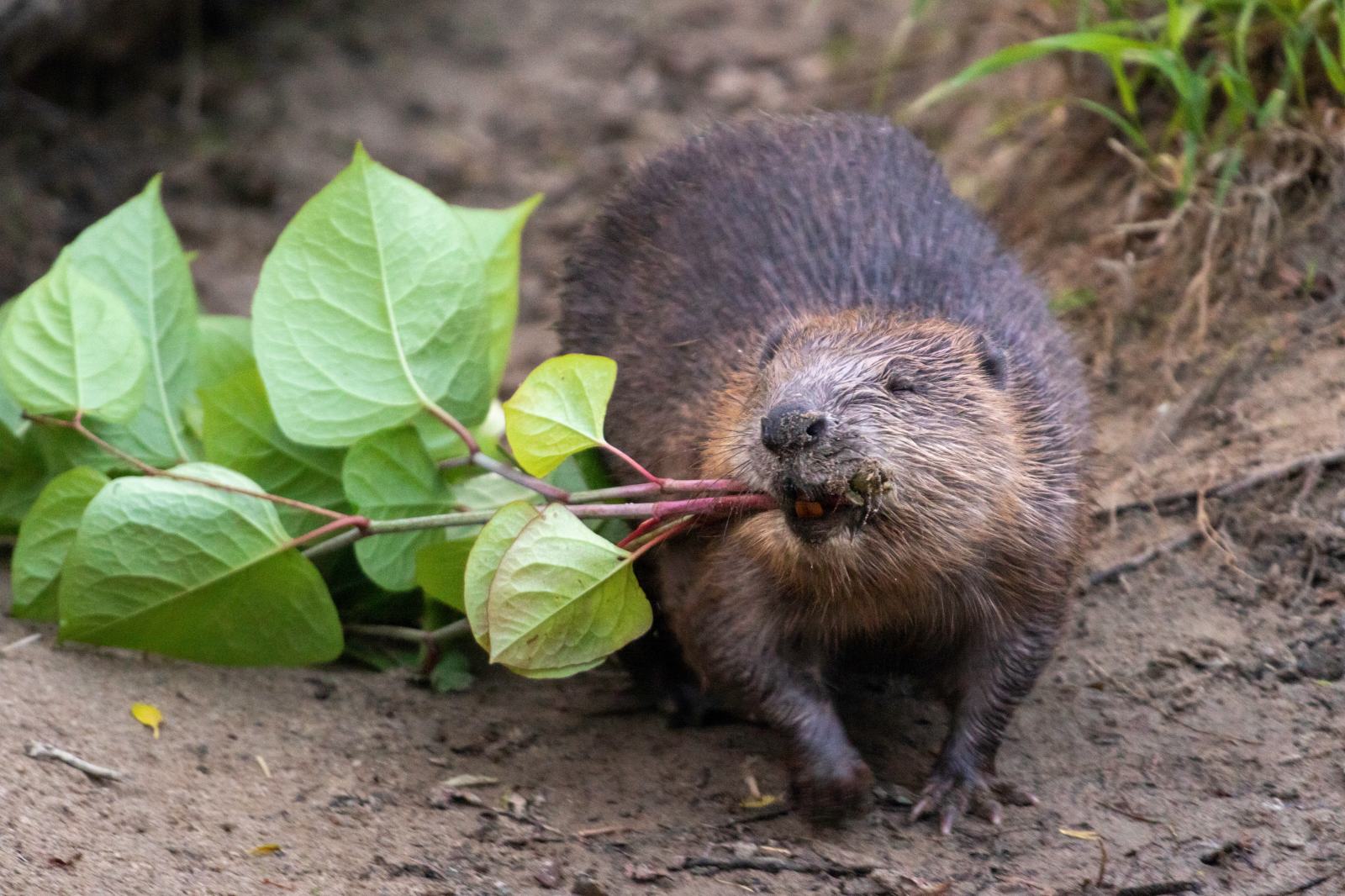
Cornish farmers Chris Jones and his wife Janet have owned Woodlands Valley Farm, a 170-acre organic (since 2002) farm, for over 60 years. Their farm is located in a secluded part of Laddock, originally part of the Trethurffe Estate and mentioned in the Domesday Book. For years, says Jones, life as a farmer has been getting tougher, with worsening droughts and floods just one part of the equation. “In 2012 we had terrible flooding in the valley. We asked the environmental agency but although it had many solutions there was no budget to help us with flood-alleviation measures. So, we decided to reintroduce beavers.” Jones was able to secure two beavers in a fenced 5-acre area of his land. Within a week of introducing them, they had already built a dam. As he gives us a tour of his estate, he points out several dams, hideaways and furrows and fallen trees, their trunks gnawed with characteristic teeth marks. “Now, there are three streams where was one before,” he says. “When there was a major drought in 2018, ours was the only farm with water and we were still able to irrigate our crops.” When the kits grow too old to live with their parents, the Jones give the kits to other farms and estates that need them.
“There is nothing not to love about what beavers do,” says James Wallace, chief executive and co-founder of The Beaver Trust. A large, strictly herbivorous rodent, he explains, usually weighing between 20-30 kilos, beavers are geared towards an aquatic environment. They are highly territorial: the implication of that is that they will only cut down trees along the approximate 350m area of river they live on.
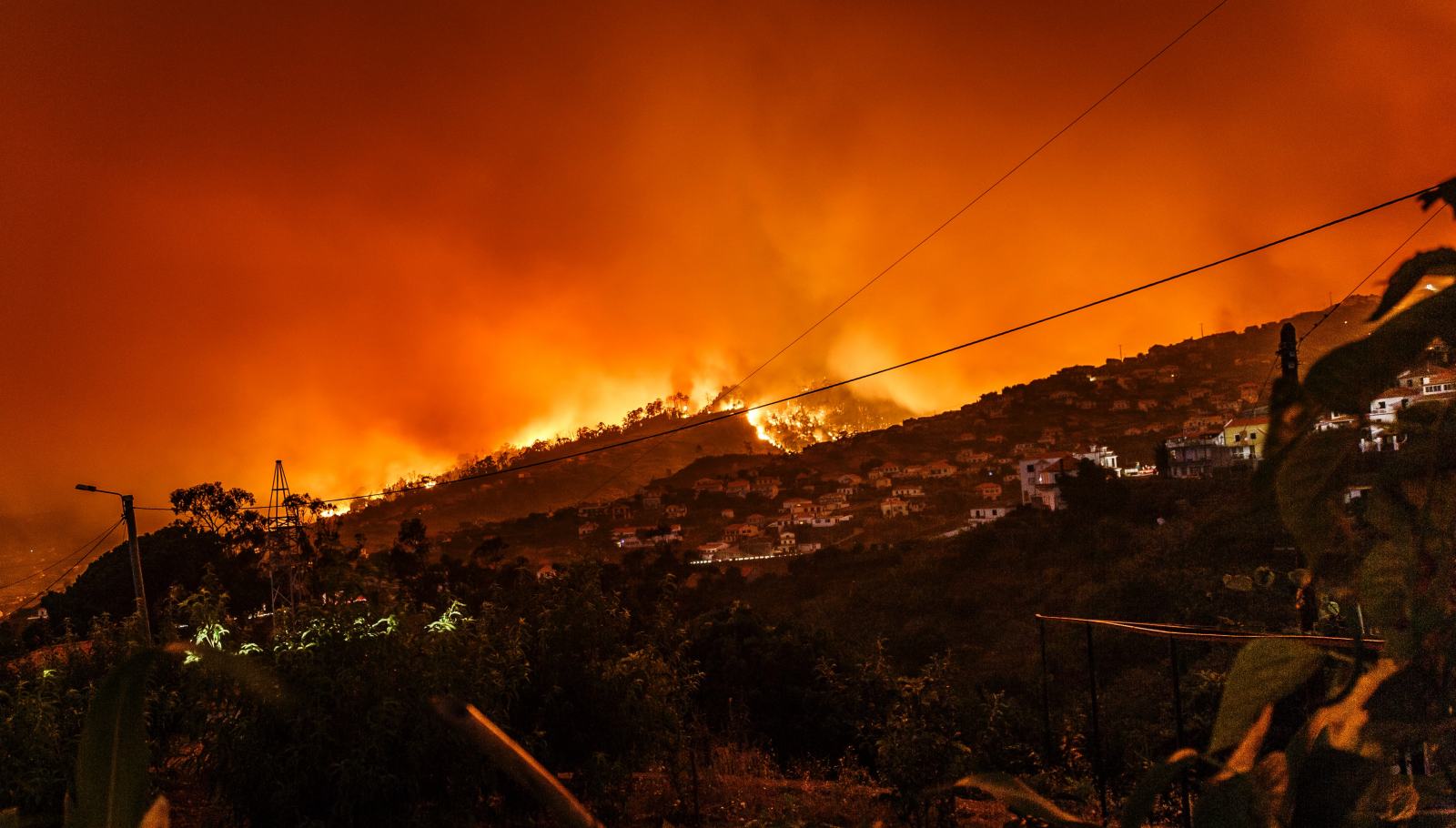
“If you imagine a river being a smoking bonfire of biodiversity, you add beavers and it is like throwing petrol on the bonfire: you get a great burst of life. We’ve seen that here in spades,” says Jones. He ticks off on his fingers the water shrews, kingfishers, herons, otters, water voles, green sandpiper, water rail, cormorants, fire crest, gadwall, shovel ducks, willow tits, spotted flycatchers, woodpeckers and 11 species of bats, as well as many new vegetation types that have arrived as a result of the beavers. “Beavers are a totem, a non-threatening way of getting wildlife back into the woodland without having to change our farming practices too much.”
He proposes farmers employ a buffering system around rivers, to allow for wildlife, rather than farming all the way up to the river’s edge. “We need trees but we also need a mosaic of habitats, like dead wood, floodplain meadows. We hope in time we will have buffers to do much more to help with floods and droughts.”
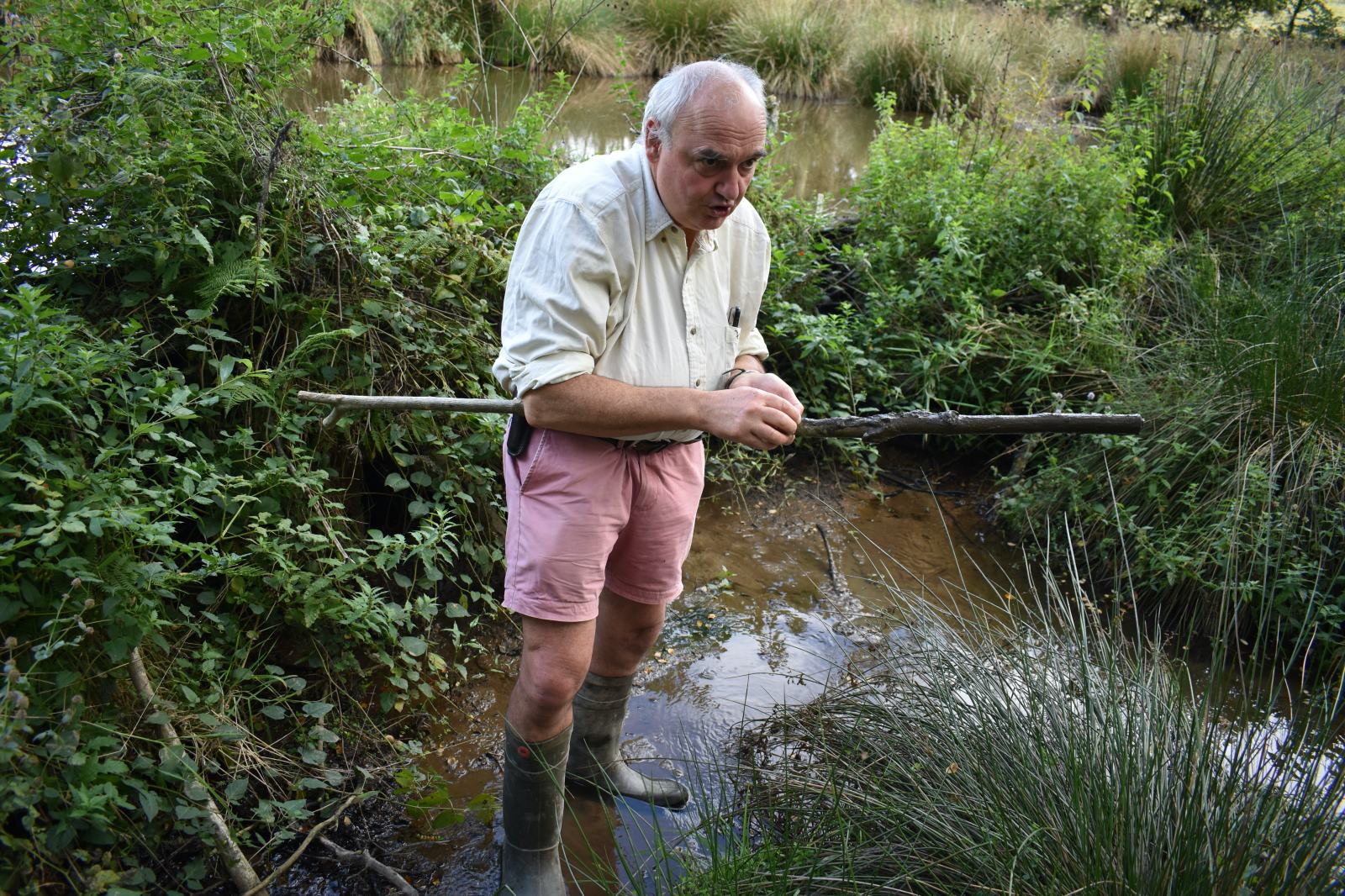
A vivid example is in Utah, Emerald Valley, recently where a beaver-occupied valley stayed green and wet, while the land either side was wiped out by fire. Beavers can also help to store carbon, sequestering carbon in silt and mud and by reinvigorating plant life around the river. Slow-moving bodies of water produce lots of algae, which is the base of all aquatic food chains. “It creates job opportunities for so many animals,” says Jones.
Historically, beavers were hunted for their pelts, meat and castoreum, a substance secreted from the beaver’s anal glands that was used in medicine, food flavouring and perfume (apparently it smells and tastes of vanilla). Overhunting nearly led to the extinction of the species but now populations are rebounding, although they are a fraction of what they once were. In North America there were an estimated 6-12 million by the end of the 20th century; compared to some 60-400 million North American beavers before the days of the fur trade. In 2020, the total beaver population in Europe was estimated at just over one million after reintroductions in the UK, Spain, France, central and eastern Europe and into Scandinavia and Russia.
In the UK the wild beaver population is tiny, with only around 20 or so, including in the River Otter in Devon, Cabilla Cornwall in Bodmin Moor (Merlin Hanbury-Tenison’s estate) and on Jones’s Woodland Valley Farm in Laddock. But the future is looking positive for the rodent’s return. In a landmark consultation, beavers will be given protected status as a native species as part of the UK government’s 25-year environment plan. It is a start, says Wallace, towards the goal of returning to wetter, wilder woodier environments to protect our food and biodiversity.
Wallace adds: “We’re not suggesting the beaver can solve all our problems, but it might help a little bit.”


